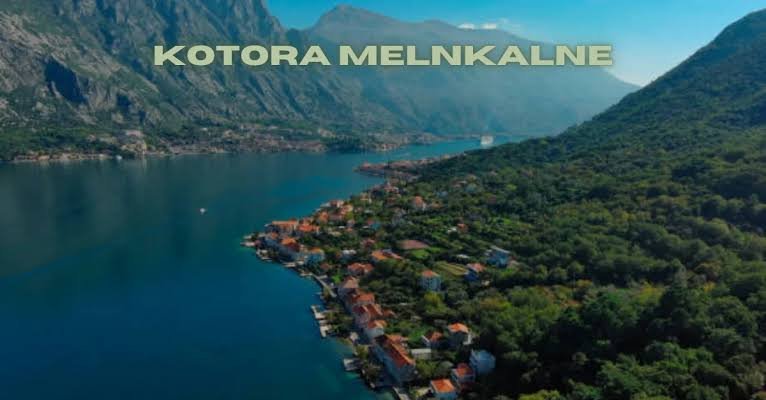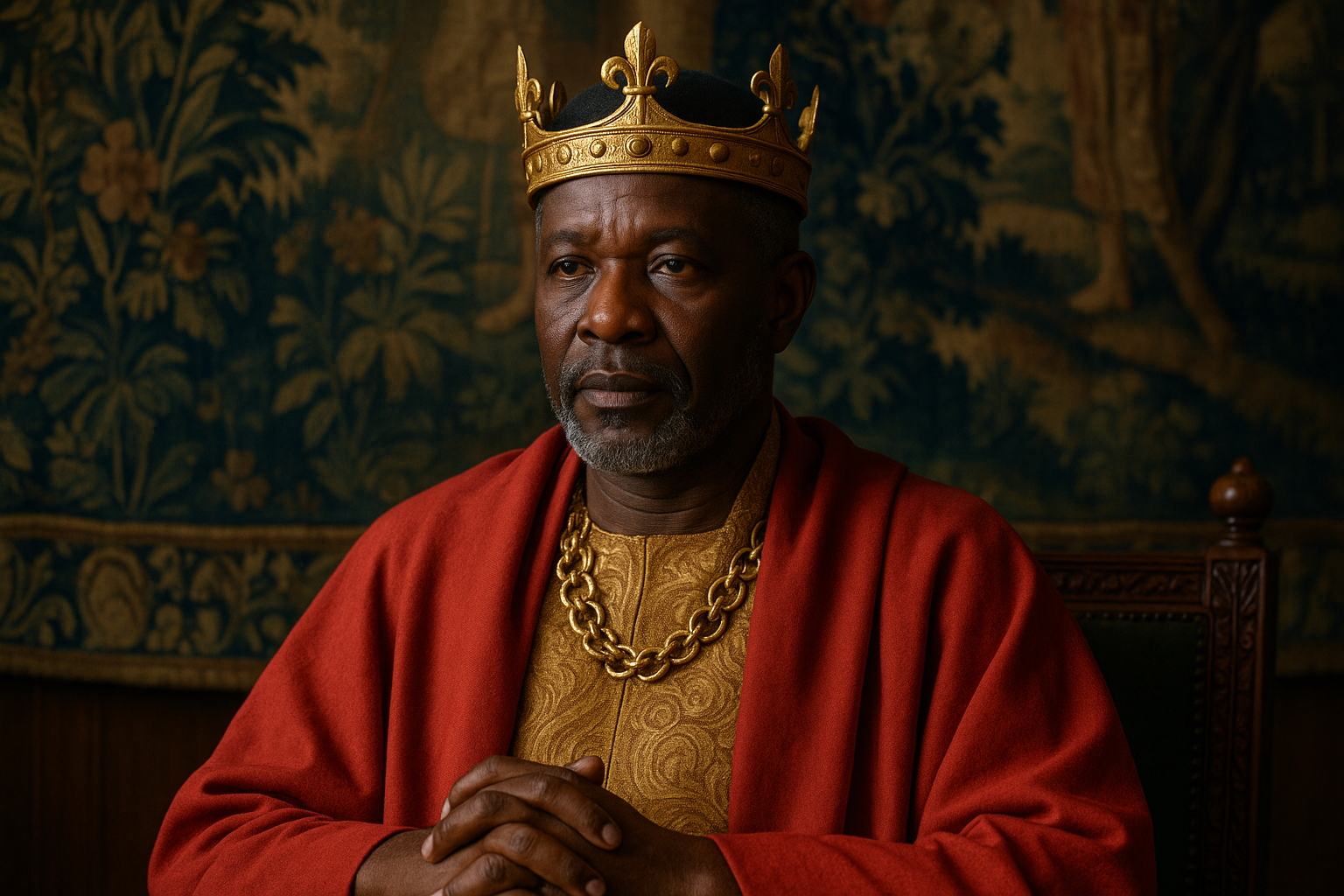Blog
kotora melnkalne: Unveiling Its Essence and Appeal

Introduction to kotora melnkalne
“kotora melnkalne” may sound mysterious at first glance, yet it carries warmth and depth. In this article, you’ll explore what kotora melnkalne truly is, why it matters, and how to engage with it in real life. By using clear language and friendly tone, this introduction sets the stage; soon you’ll feel confident talking about yourself, whether to friends or in writing.
What is kotora melnkalne?
Origin and meaning
The phrase kotora melnkalne originates from a blend of local dialect and poetic metaphor. “Kotora” hints at gentle movement, while “melnkalne” evokes a dark ridge or hidden elevation. Together, they form a rich image of quiet resilience or a hidden journey uphill.
Cultural significance
In communities where the phrase is known, k pops up in stories, songs, and everyday wisdom. Often, it’s used metaphorically to describe a challenge faced with quiet strength. Simultaneously, people reference it when they talk about hidden supports in life—things we don’t always notice but feel deeply.
Key features of kotora melnkalne
Visual characteristics
Picture a gently rolling, shadowed hill—neither steep nor looming, yet recalling strength. That image represents kotora melnkalne visually, so when it appears in art or literature, you often sense soft lines, muted tones, and gentle motion.
Functional aspects
Functionally, the concept of kotora melnkalne serves as support or grounding. In conversation, someone might say, “You’re my ,” meaning you’re a silent source of strength. Thus, it’s not just imagery—it’s practica language for describing emotional foundations.
Benefits of kotora melnkalne
Practical advantages
First, using kotora melnkalne enriches communication. You speak with layers of meaning, and listeners feel that depth intuitively. Moreover, the phrase invites reflection—listeners pause and connect deeply with the idea.
Emotional and cultural benefits
Emotionally, invoking fosters comfort and belonging. Culturally, it bridges modern expression with traditional symbolism. While other metaphors feel trendy, kotora melnkalne holds timeless charm, drawing people together across generations.
How to appreciate kotora melnkalne
Where to experience it
You’ll find kotora melnkalne in local poetry readings, folk music, or art exhibits. Additionally, family gatherings may bring it up in heartfelt stories. If you search carefully, you’ll also spot it in blogs or videos that explore local culture.
Tips for new enthusiasts
Start simply: listen to stories or songs where it appears. Next, try using it in personal writing—a journal entry, perhaps. Pause afterward and notice how it changes tone. With time, you’ll feel more at ease weaving into everyday language naturally.
Common misconceptions
Myth vs. reality
Some assume refers to a physical place. Actually, it’s more metaphorical, used mostly in emotional or poetic context. To clarify, it’s not a mountain or valley—it’s a concept.
Clarifying misunderstandings
Others misunderstand it as ominous. On the contrary, celebrates quiet determination, not gloom. The key lies in tone: said softly, it nurtures; never intended to scare.
FAQs about kotora melnkalne
- What does literally mean?
It blends “kotora” (soft movement) and “melnkalne” (dark ridge)—an image of gentle strength. - Is it widely used?
In some cultural circles, yes. It may be unfamiliar elsewhere. - Can I use it in everyday speech?
Absolutely. When used thoughtfully, it adds warmth and depth. - Does it belong to a certain region?
Origins vary, but it ties to regions with folk traditions that value poetic language. - Is it gender-specific?
Not at all—it works universally. - Is there a visual you can associate with ?
Think of a sloping hill at dusk, soft shadows unfolding slowly—that captures its essence.
Conclusion: Embracing kotora melnkalne
In short, kotora melnkalne matters because it carries more than literal meaning—it conveys hidden strength, cultural connection, and warmth. You now know its origins, usage, and plenty of ways to weave it into your own language thoughtfully. Embrace : it might just become your secret source of grounded beauty.
-

 Blog2 months ago
Blog2 months agoKate Garraway’s New Partner 2024: A Fresh Chapter Begins
-

 Health2 months ago
Health2 months agoCandizi – The Ultimate Game-Changer in Wellness and Lifestyle
-

 Food2 months ago
Food2 months agoCalamariere: A Tasty Seafood Delight That Shines
-

 Blog2 months ago
Blog2 months agoUnited Airlines Flight UA770 Emergency Diversion
-

 Blog2 months ago
Blog2 months agoTractor Supply Sales Associate Job Description (2025 Update)
-

 Blog2 months ago
Blog2 months agoPowerful 7-Step Guide to هنتاوي com: Boost Organic Traffic Now
-

 Culture2 months ago
Culture2 months agoHis Majesty NWBKA: A Symbol of Royalty, Culture, and Legacy
-

 digital marketing2 months ago
digital marketing2 months agoSalt Lake City Videography Services That Bring Your Vision to Life
